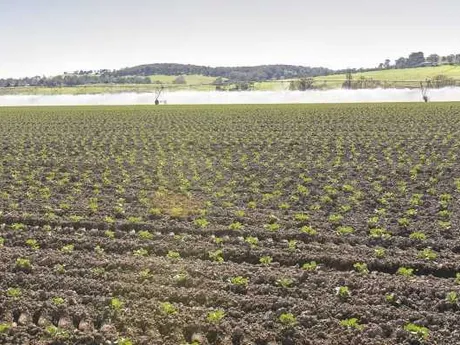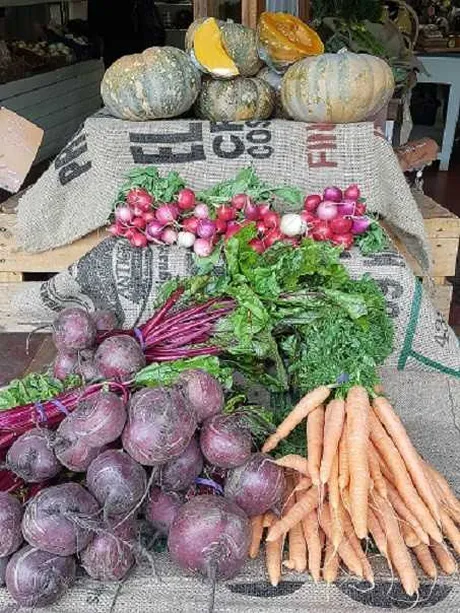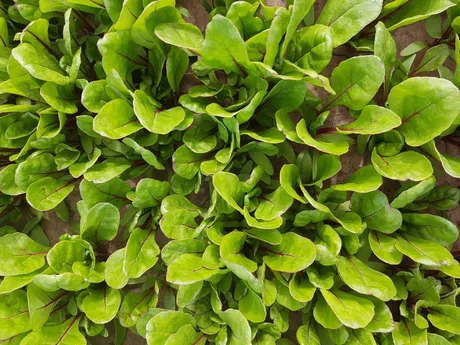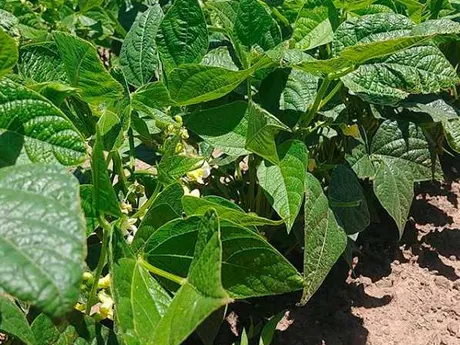There will soon be a new body representing Gippsland food and fibre producers, as East Gippsland Food Cluster (EGFC) and Agribusiness Gippsland are in the process of merging.
EGFC Industry Development Officer for the vegetable industry, Shayne Hyman, says the new organisation will be known as Food and Fibre Gippsland.
"It will be the one voice for agrifood and agribusiness across Gippsland," she said. "That is really big news. Both organisations had their annual general meetings before Christmas, where they decided to merge, and the documents have now been lodged. So, all systems are go. There is an interim chair being selected and an interim board. I would imagine by the middle of the next month, Food and Fibre Gippsland will be up and operating."

The Gippsland region is a major vegetable and salad producing region in Victoria, with most planting in the region starting in September, and harvesting beginning in November. The region has the longest growing period for lettuce and baby leaf, in terms of climate, than anywhere in Australia with seven months of production per annum. This year production has been variable due to the weather conditions.
"It depends on the crop and we have had a few hot, above 40-degree days, and naturally that takes a toll," Ms Hyman said. "With baby leaf there has been some tip-burn. The corn crop looks pretty good, but everyone is coming into corn now, so it is not going to necessarily command high value even though it will be fantastic, sweet and tasty. There have been early beans and they are pretty good. But it is all weather dependent and some of the growers are on water restrictions."

There have also been a number of fires across the Gippsland region - both through arson and lightning strikes - which she admits has put food and fibre producers on edge, and "dampened spirits a bit". While there are no reported shortages due to the weather, demand is quite high for vegetables that are traditionally out of season.
"People are wanting broccoli, and brassicas are traditionally more a winter crop," Ms Hyman said. "But because people don't necessarily follow the seasonality of vegetables, and want it now, so broccoli production has been down, and that has been because of the weather - not very much rain and long hot periods."

Gippsland has three main production regions; the Mitchell River Valley near Bairnsdale, the Macalister Irrigation District (MID) near Maffra, and Southern Gippsland, which grows peas, leeks, celery and some babyleaf. Ms Hyman says salad farmers are growing both whole fresh produce, and babyleaf for pre-packaged products as a risk mitigation. Many of the growers in the region have contracts to supply Vegco, near Bairnsdale, which is owned by OneHarvest.
"Lots of people still want to eat iceberg and cos lettuce," she said. "Some of the Quick Service Restaurants (QSRs) want head lettuce and a lot of that lettuce is all grown in Gippsland. But the convenience of babyleaf cannot be under-estimated and there's a big market for the baby leaves of Cos, the Mizunas, the Corals, the Oaks and the herbs - and you end up with the ready mix."

The East Gippsland Food Cluster also notes that salad production is expanding across the region, with land, traditionally used for dairy farming in the MID, switching to horticulture.
For more information
Shayne Hyman
East Gippsland Food Cluster
Phone: +61 417 330 081
shayne.hyman@eastgippslandfoodcluster.com.au
